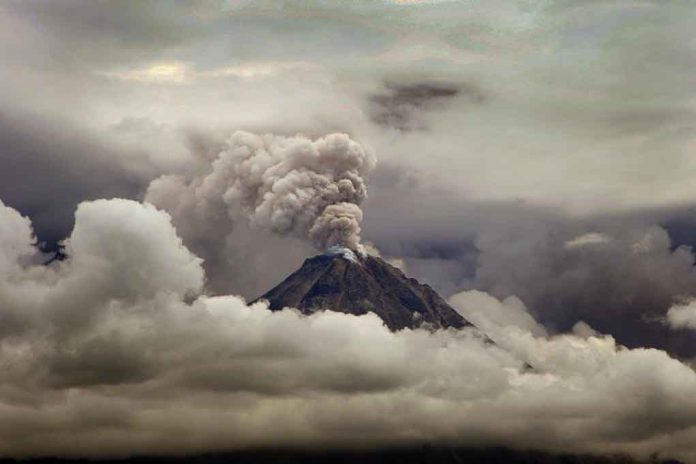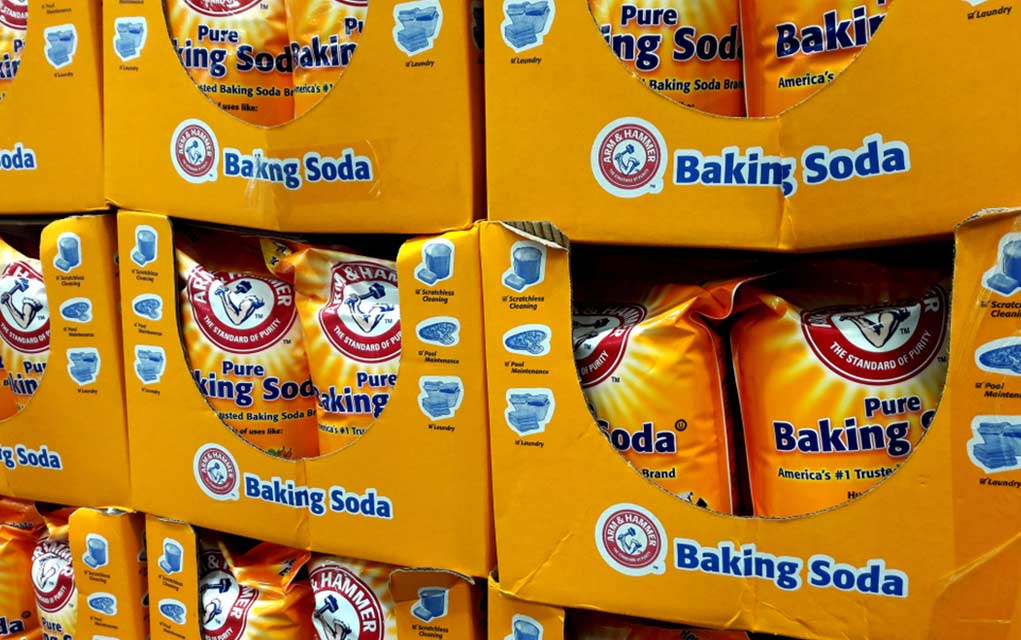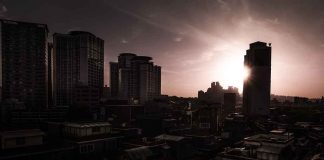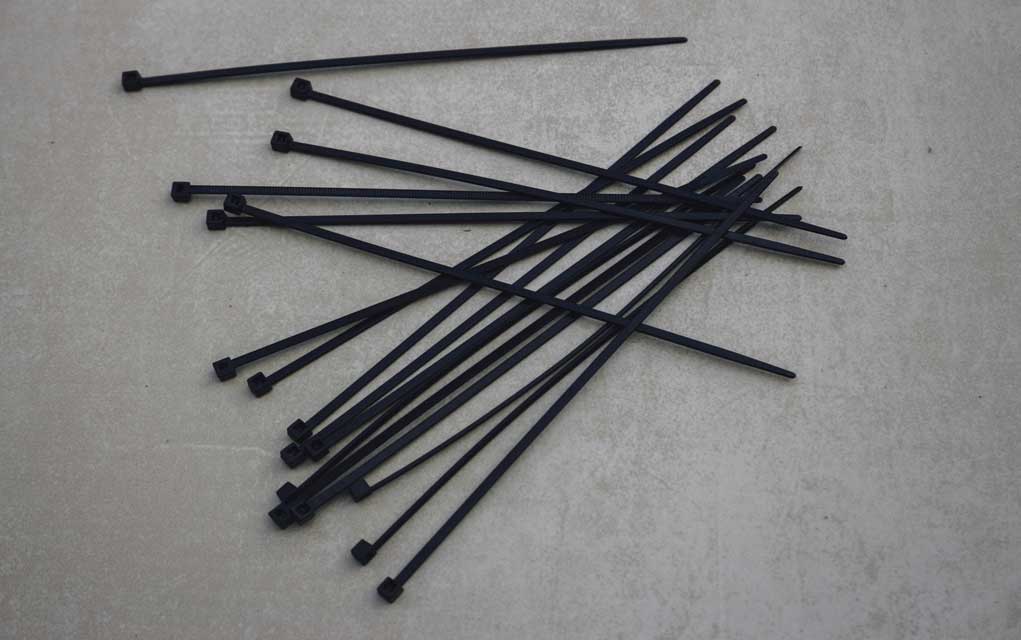(ModernSurvival.org) – Volcanic eruptions may not be the most common natural disaster one needs to worry about, but they can definitely be one of the most destructive, depending on the size and location of the blast. With approximately 170 active volcanoes inside the continental United States, and roughly 1350 worldwide, it’s a good idea to know how to survive, should one blow nearby.
When a volcano erupts, it spits volcanic ash into the air, often tens of thousands of feet up. What most people don’t know is that volcanic ash is incredibly heavy and is capable of causing buildings to collapse as it accumulates. It also becomes a major health hazard when one breathes it in, as the particles are sharp and form a cement-like sludge in the lungs.
Volcanic ash is also harmful to machinery, as it clogs air filters in a matter of minutes and will destroy engines once it gets inside them. To top that off, once the ash reaches water sources, they become contaminated and undrinkable.
To make matters worse, lava flow and ash clouds can travel at incredible speeds. Lava can flow at or above 100 miles per hour, whereas an ash cloud can travel at hundreds of miles per hour. This is precisely why it’s vital not to ignore evacuation orders, should they be issued. Once the volcano erupts, it’s nearly impossible to outrun the initial devastation.
How to Prepare
According to Ready.gov, there are steps anyone can take to increase their chances of surviving a volcanic eruption. Here are some tips that can help keep a person alive:
- As with any natural disaster, having backup emergency supplies is advised. If one is forced to hunker down, a trip to the store for milk and eggs won’t be possible.
- When evacuation or shelter-in-place orders are given, do not ignore them.
- Avoid areas downstream and downwind of the eruption if possible.
- Stay inside if at all possible. Inhaling large enough quantities of volcanic ash will kill a person. Cloth masks are not good enough to filter out volcanic ash, either; the particles are too small and will pass right through. N-95 respirators or better are necessary.
- If forced to shelter in place, block all ventilation into the building. This includes sealing doors and windows to ensure no ash makes its way inside.
- When evacuating, keep the windows up in the vehicle and do not run the air conditioner (or heater in cold climates).
- Wear protective eye coverings and keep as much skin as possible covered when forced into areas with ash. It is very irritating and will turn to the same sludge in the eyes as it does in the lungs or any other source of liquid.
A volcanic eruption, like any other disaster, is best tackled by preparing before it happens. Knowing where potential volcanoes are located and planning accordingly is a good idea, especially for those who live in Alaska, California, Oregon, or Hawaii (as these states have the most active volcanoes).
Even for those who don’t live near an active volcano, preparing extra supplies is still advisable. If the Yellowstone supervolcano ever goes up, it will impact the entire nation and the world.
~Here’s to Your Survival!
Copyright 2022, ModernSurvival.org













